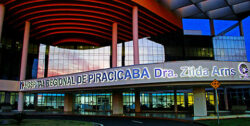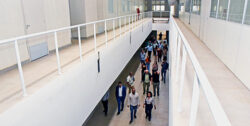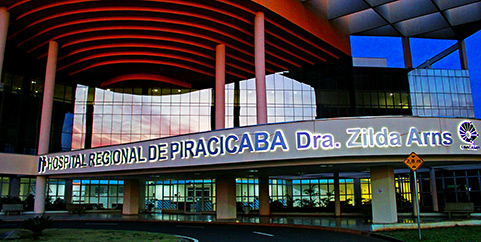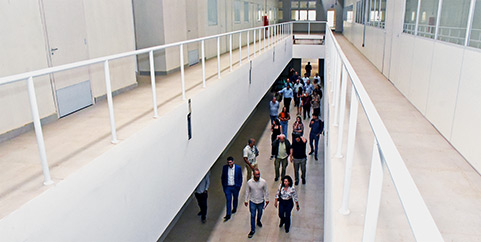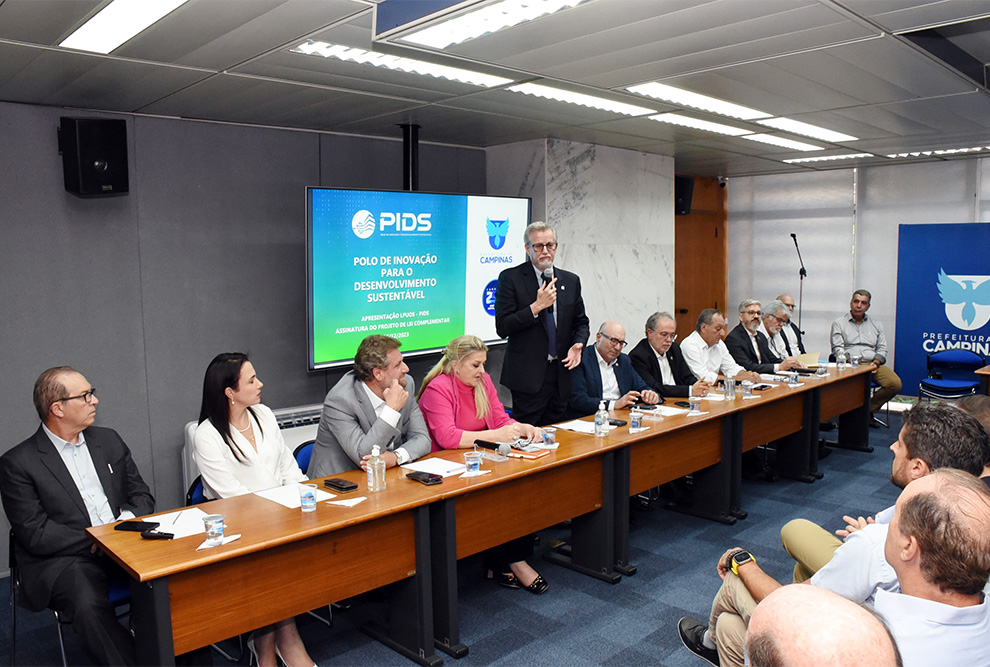
The rector of Unicamp, professor Antonio José de Almeida Meirelles, participated this Monday (18) in the signing ceremony by the mayor of Campinas, Dário Saadi, of the complementary bill (PLC) stipulating the new zoning rules for the region of Innovation Hub for Sustainable Development (PIDS) in Campinas, in the district of Barão Geraldo. The new PIDS zoning covers an area of 17 million square meters and covers the high-technology hub and the expansion zone, in addition to the campuses of Unicamp and the Pontifical Catholic University of Campinas (PUC-Campinas).
The area also includes HIDS (International HUB for Sustainable Development) – a sustainable urbanization district to be installed in an area of 11 million square meters within which today is Fazenda Argentina, owned by Unicamp.
“PIDS is much more than an urban project. It is a project focused on the idea of innovation, on the idea of transforming science and technology not only of the institutions involved, individually, but of an entire region of the city and, in this way, encompassing the entire city in a new perspective of development”, said the rector, at the ceremony.
“Science, technology and innovation are the drives of the future for development and this project is doing this in a very different way than has been done in the past”, he added. “The proposal is to create a space where people can have a healthy life from an environmental and urban perspective and, at the same time, an area that is prepared to generate development around science, technology and innovation”, stated Meirelles.
According to him, the HIDS project is based on the 17 Sustainable Goals of the UN (United Nations).
The rector of PUC-Campinas, professor Germano Rigacci, assesses that the PIDS project makes Campinas once again a national reference in the innovation sector. “I think this recovers a good part of the history of Campinas, which was always known as a reference city, but which, for various reasons, over the last few decades, ended up losing that vocation”, stated Rigacci.
Urban expansion
The mayor of Campinas countered criticism that the bill sent to the city's City Council was permissive.
“It is necessary to clearly state that today that area is already one of urban expansion. There was a lot of controversy. They said that the city hall was too permissive. But today, buildings of up to 12 floors are permitted in the region,” says the mayor.
“According to our project, there will be a limit of four floors in the economic area and seven floors in the transport axes. Therefore, as controversial as it may seem, our proposal restricts occupation, orders use and gives appropriate use to an area dedicated to technology”, he argues.
“It is also necessary to remember that, within the almost 18 million square meters of PIDS, there are 11 million of HIDS. If there is no change in zoning, the implementation of HIDS will be very difficult”, warned Saadi.
The mayor argues that the drafting of the new law took place in a democratic way, with the participation of representatives from all sectors, universities and the population, through workshops and public hearings.
According to Saadi, the PLC began to be debated with the presentation of the draft project to various sectors of society, in November 2022, after several months of work carried out by the team from the then Secretariat of Planning and Urbanism.
The mayor said that, in the 12 workshops held with the population, there were around 500 participants and more than 1.130 suggestions received. The process culminated, according to Saadi, in the public hearing held at Unicamp in August 2023. Now, the PLC moves on to the councilors' analysis.
“I am sure that this project will reposition Campinas as a national reference in the area of innovation, technology and sustainable development”, stated the mayor.
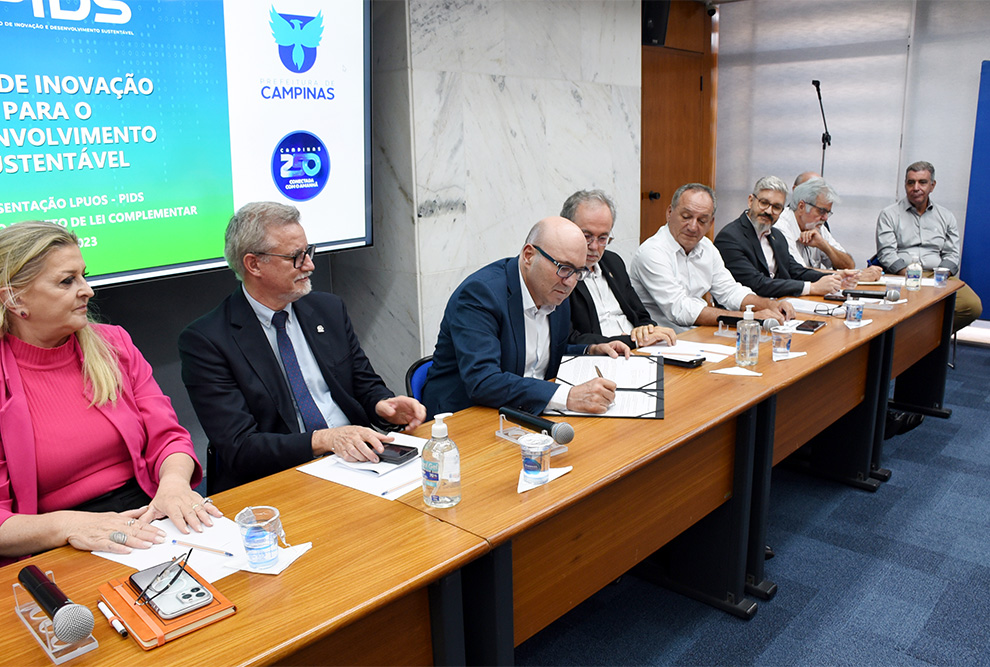
Main points of PLC:
– Reduction from 12 to a maximum of 4 floors in the case of buildings in the expansion zone and to a maximum of 7 floors for those in the PIDS centrality zone, in order to favor mixed occupation in the region, with a combination of housing, shops and services;
– Priority occupancy with buildings that have active facades and mixed uses; higher index for enjoyment of public space (20%) and soil permeability (20%) of the lot and visual permeability of buildings (minimum of two thirds) for greater public-private interface;
– Priority for pedestrians, cyclists and public transport;
– Creation of the Anhumas Environmental Park along Ribeirão Anhumas;
– Limitation of the size of blocks with more transpositions in smaller sections for pedestrians (varies according to the PIDS occupation zone).


